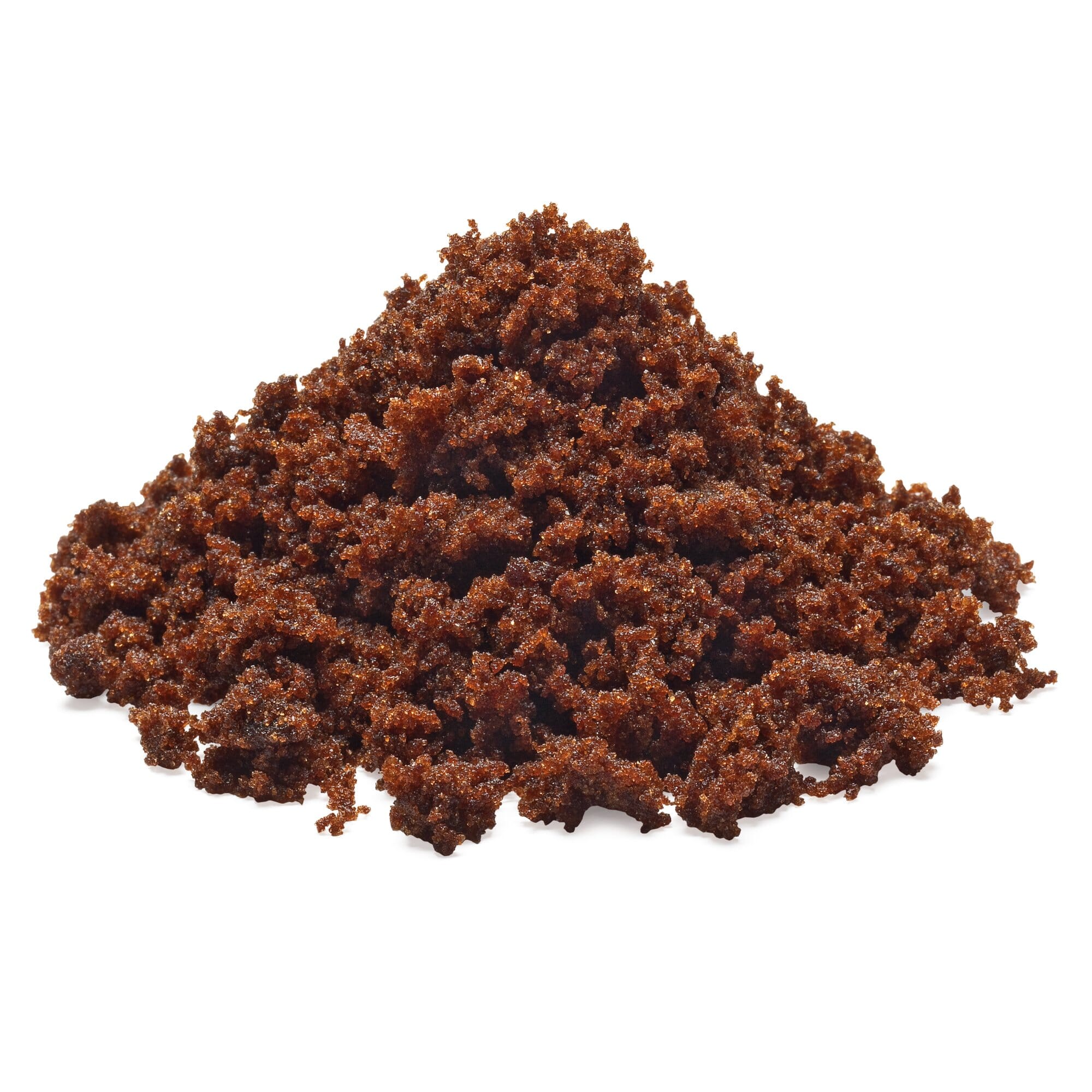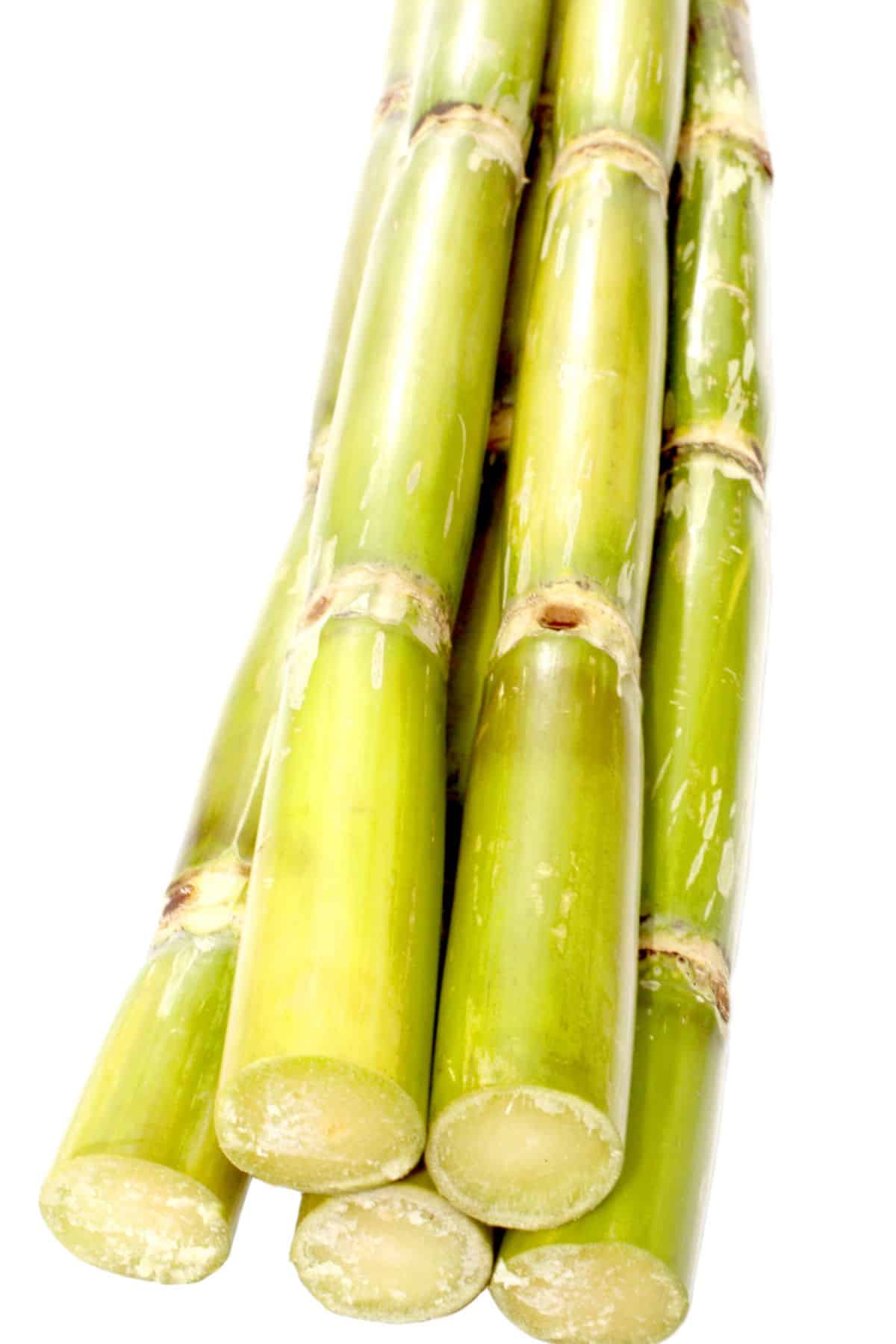Cane Sugar Processing: Standard Techniques and Modern Innovations
Cane Sugar Processing: Standard Techniques and Modern Innovations
Blog Article
Comprehending the Critical Methods and Technologies Employed in Modern Walking Stick Sugar Handling
The development of walking stick sugar processing has actually been significantly formed by the combination of advanced strategies and innovations that attend to both performance and sustainability. Enzyme-assisted extraction and advanced refining methods have transformed yield optimization, while automation helps with operational dependability. In addition, the focus on lasting methods mirrors an expanding understanding of environmental impact. As we discover these vital innovations, it comes to be necessary to check out exactly how they not only improve production yet likewise line up with wider industry patterns and consumer demands, raising questions regarding the future of sugar handling and its ramifications for international markets.
Historical Context of Cane Sugar Processing
The historical context of cane sugar processing reveals a rich tapestry of farming technology and cultural exchange that has shaped its advancement over centuries. Coming From Southeast Asia, sugarcane was grown as early as 8000 BCE - Cane Sugar Processing. The process of refining and extracting sugar got energy in India, where approaches for crystallization were developed around the sixth century. This knowledge traversed to the Middle East, and by the 12th century, sugar became a valued product in Europe, resulting in the establishment of sugar haciendas in the Mediterranean.

Advanced Extraction Techniques
Effectiveness in cane sugar extraction has actually seen considerable advancements, driven by the need for higher yields and reduced manufacturing prices. This method not only boosts sugar yield yet also minimizes the energy needed for processing.
In addition, the adoption of membrane layer filtration technologies, such as nanofiltration and turn around osmosis, has actually changed the splitting up of sugar from pollutants. These methods allow for the careful permeation of sugar particles while maintaining bigger contaminants, streamlining the extraction procedure and decreasing waste.
Furthermore, the assimilation of constant extraction systems has brought about boosted operational efficiency. Cane Sugar Processing. These systems keep a consistent circulation of walking stick material, ensuring optimal extraction conditions and minimizing downtime connected with batch processing
Innovative Refining Technologies
Refining techniques in walking stick sugar handling have actually undergone a transformative change, driven by the demand for higher purity and enhanced item quality. Among one of the most remarkable technologies is the fostering of membrane layer filtration technologies, such as ultrafiltration and nanofiltration. These processes effectively eliminate contaminations and colorants without the demand for substantial chemical treatments, thereby maintaining the sugar's all-natural taste and boosting its allure.
An additional substantial innovation is making use of ion exchange materials, which permit careful elimination of undesirable ions from sugar options. This technology not just raises the overall pureness of the end product yet likewise adds to minimized waste and environmental influence.
In addition, improvements in adsorption strategies, utilizing triggered carbon and various other innovative materials, have actually verified efficient in decolorizing sugar solutions while preserving optimum top quality. The assimilation of these ingenious refining modern technologies makes sure that producers can generate refined sugar with remarkable clarity and preference, meeting the developing preferences of consumers.
Automation and Control Solution
Current developments in refining innovations have actually paved the means for significant renovations in automation and control systems within walking cane sugar processing facilities. These systems utilize sophisticated software program and equipment to improve functional performance, lower human mistake, and make certain constant product top quality.
Modern automation integrates various components, including sensors, actuators, and programmable reasoning controllers (PLCs), enabling real-time monitoring and control of important processes. For example, stress, flow, and temperature rates can be specifically regulated throughout extraction, explanation, and condensation phases, maximizing performance and reducing waste.
In addition, advanced information analytics and artificial intelligence formulas play an essential role in anticipating maintenance, permitting drivers to anticipate devices failings before they happen. This aggressive approach not only minimizes downtime but additionally prolongs the life-span of machinery.
Additionally, automation assists in the application of Industry 4.0 concepts, empowering sugar mills to accomplish greater connection and data exchange throughout procedures. Because of this, decision-making ends up being even more dexterous and enlightened, ultimately boosting the total competition of walking cane sugar production. With these developments, the market is well-positioned to meet growing global needs while maintaining functional quality.
Sustainability Practices in Sugar Manufacturing
Sustainability methods in sugar manufacturing have actually become increasingly important as the market looks for to balance economic stability with environmental obligation. As customer i thought about this understanding grows concerning the environmental impacts of agricultural methods, sugar manufacturers are embracing cutting-edge methods to reduce their eco-friendly footprint.
One considerable strategy is the application of precision farming strategies, which make use of information analytics to enhance source usage, such as water and plant foods. This decreases waste and minimizes the influence on neighborhood ecological communities. Furthermore, lots of manufacturers are transitioning to renewable resource sources, such as biomass from sugarcane byproducts, to power their procedures, consequently decreasing reliance on fossil fuels.
Water monitoring methods are likewise crucial; rain harvesting and effective watering systems help alleviate water scarcity concerns. Cane Sugar Processing. In addition, integrated parasite administration approaches minimize chemical use, advertising biodiversity and soil health and wellness
Corporate social duty campaigns are emerging, with companies spending in local areas and guaranteeing reasonable labor techniques. By embracing these sustainability practices, the sugar market not only improves you can try these out its reputation yet likewise adds to a much more sustainable agricultural landscape, leading the way for future generations.

Conclusion
In recap, modern walking cane sugar handling integrates a variety of advanced methods and technologies that significantly improve yield, sustainability, and efficiency. The adoption of ingenious removal and refining methods, along with automation and control systems, assists in enhanced functional efficiency and product top quality. Furthermore, the emphasis on lasting methods emphasizes a dedication to lessening ecological impact and promoting honest manufacturing. Jointly, these innovations place the cane sugar sector to meet contemporary demands while attending to critical international challenges.
The evolution of walking stick sugar processing has been considerably shaped by the assimilation of advanced strategies and innovations that address both performance and sustainability.The historical context of cane sugar handling reveals a rich tapestry of farming innovation and cultural exchange that has shaped its development over centuries. Developments in milling and refining emerged, laying the groundwork for contemporary walking cane sugar processing.Refining techniques in walking stick sugar handling have actually undertaken a transformative shift, driven by informative post the need for greater purity and improved product quality.In recap, modern-day walking cane sugar handling includes a variety of advanced techniques and modern technologies that dramatically improve return, sustainability, and performance.
Report this page